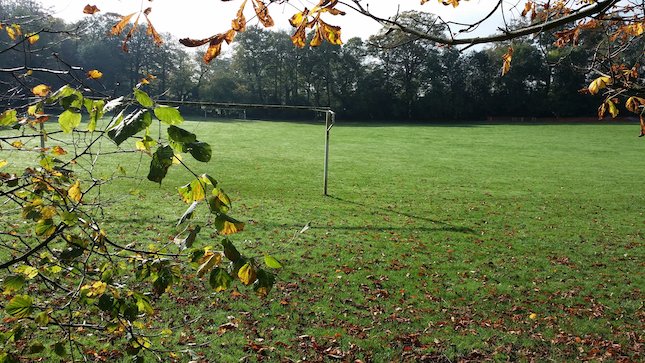The Detective Closes In – Begin the Final Act of Your Mystery
Barriers and Clear Sight
You are finally heading toward the conclusion of your mystery as you begin the final act. But, your ace sleuth still has a bumpy ride before the end. As a writer, you focus on complications, twists, and building the killer’s cunning.
First, congratulate yourself for making it through the middle without one sag. These sentences work! Writing a novel takes time. You may feel like rushing to the conclusion, but hold on, build more trouble, and keep your readers turning pages.
10:43 Q: I want to write a cozy mystery but I haven’t decided on my sleuth, yet.
13:01 Q: The sidekick?
Build Suspense
Here you go. It’s time to ratchet up the suspense. Your sleuth just had a setback. Before a triumphant conclusion, Shift your thinking from trouble to serious confrontation. If you put your sleuth in physical danger, your readers won’t stop reading.
Act Four
31 Forced to retreat or taken prisoner, your protagonist experiences a moment of hopelessness that allows him to see his misbelief for what it is: a falsehood that’s kept him stuck in his flawed state ever since his backstory wound was inflicted.
Your detective is captured or completely blocked from finding the killer. The victim’s world becomes more of a mystery. She’s just not seeing anything the right way. If she’s trapped/captured, there’s no way out.
In story structure you’ve reached the aftermath of the second plot point, part one: the dark moment.
32 Something rekindles his hopes: maybe he sees a way to defeat the antagonist, or maybe he realizes he’d rather die on his feet than live on his knees. Either way, he’s ready to sacrifice everything to take his enemy down.
Your detective, trapped and blocked, sees a way to get out of the trap…if only he can… His determination, maybe it’s downright stubbornness, gets him to emotionally rally. He’s ready to take it on either the problem on the killer.
Your plot structure label is the aftermath of the second plot point, part two, the resurgence of hope.
33 Your protagonist prepares for battle: does a SWOT analysis for both sides, identifies the decisive blow that will be needed to win the battle, and makes his plan.
Your detective puts those little grey cells to work and examines the strengths, weaknesses, opportunities, and threats (SWOT) for himself and the killer (whether the killer is identified yet or not). He makes his plan.
You’re flowing with story, but here’s the plot structure moment: Climax, stage one: preparing for battle.
34 As he takes the fight to the enemy, he may indulge in one of those “if I die, I just want you to know” moments. When he arrives at the scene of the final showdown, he learns that the situation is different than he expected. (Another great place for a twist!)
The detective gets out of his trap and if he hasn’t before now knows who the killer is. He gets ready to confront the killer but...twist!...even with all that SWOT analysis he missed something and the killer has something up his sleeve.
Still clinging to plot structure? Ok, here’s the moment. Climax, stage two: taking the fight to the enemy.
35 No plan survives contact with the enemy—and your protagonist’s enemy has been crushing it since their last encounter. Both sides take damage, and when your protagonist redoubles his efforts, his forces manage to neutralizes one of the antagonist’s minion or resources.
Before your detective actually confronts the killer, something comes up that makes his surmise, just that, a surmise. The killer may have disappeared, or skipped town, or seemingly been somewhere else when the murder(s) occurred or someone vouches for the killer. Your detective knows the killer is dodging but can’t get to that final confrontation. For the moment, the killer survives any accusation.
In plot land you’ve reached the climax, stage three: first contact
Use Character Depth to Build Suspense
Going deep into your characters will help you build believable problems, confrontations, and twists. If you try to make them up out of thin air, they will seem forced. Your readers will notice.
Zara Altair
Zara Altair writes mysteries set in ancient Italy. Her course for beginning writersWrite A Killer Mystery is coming soon. Get on the notification list.





